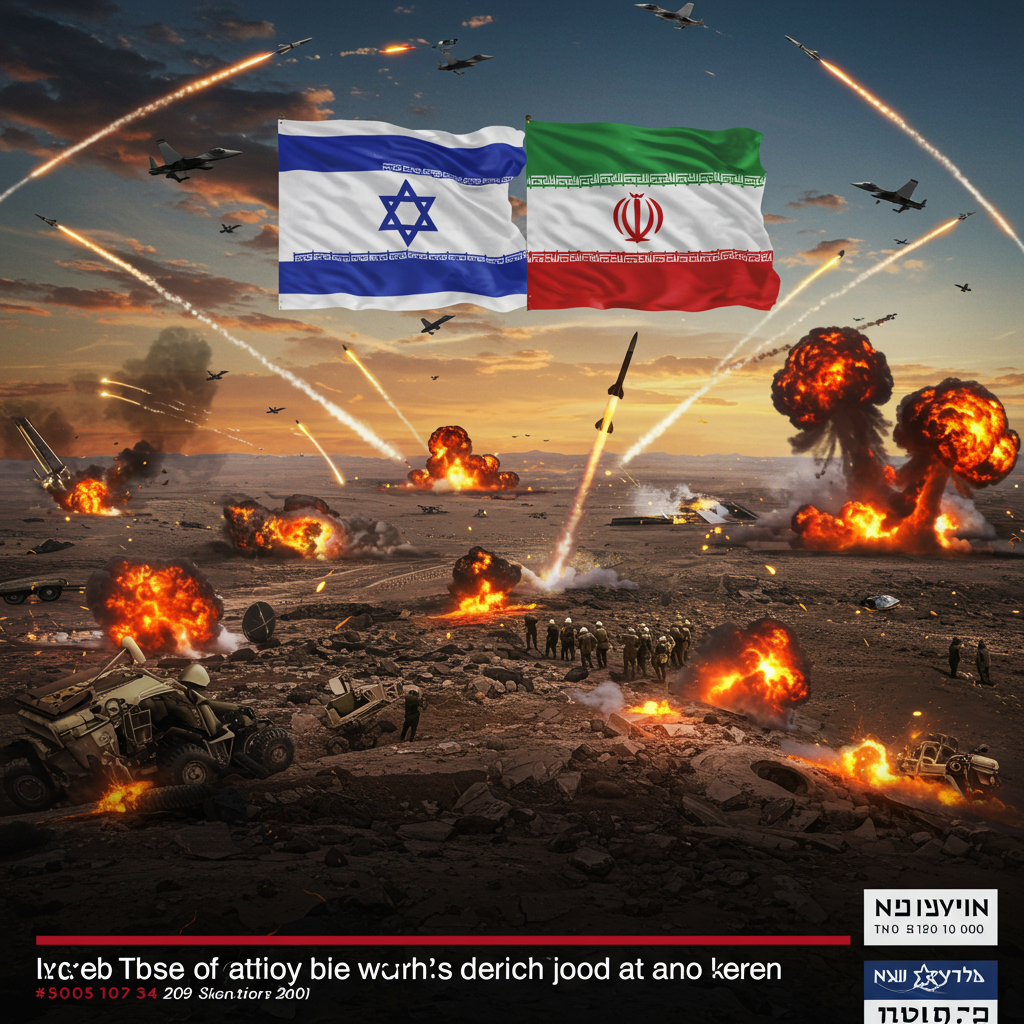As President Donald Trump arrived in The Hague for a critical NATO summit in June 2025, his presence immediately injected a familiar tension over defense spending and the fundamental commitments of the alliance. Before and upon his arrival, Trump telegraphed his long-standing concerns, demanding that member nations significantly ramp up their military budgets and even raising questions about the U.S. commitment to the alliance’s core mutual defense principle.
Trump has been a vocal critic of what he views as insufficient defense spending by European allies, contrasting it with the substantial outlay by the United States. He amplified this point by sharing a chart highlighting member contributions, noting the U.S. approached $1 trillion in 2024, representing around 3.2% of its GDP, while pushing for a much higher target.
The Push for 5% of GDP
A central focus of the summit agenda is the expected endorsement of an ambitious new goal for NATO members: dedicating 5% of their Gross Domestic Product to security spending. This proposed target far surpasses the alliance’s previous guideline of 2% of GDP, a target that even many current members still struggle to meet.
While several key allies, including Britain, France, Germany, and the Netherlands, are reportedly prepared to back the 5% goal, resistance remains. Spain publicly stated it cannot meet the target, deeming it “unreasonable,” while Slovakia indicated it reserves the right to determine its own timeline for reaching the figure by the proposed 2035 deadline. Trump specifically singled out Spain’s reluctance as “very unfair.”
NATO Secretary-General Mark Rutte appeared to validate Trump’s impact on increasing European contributions. In a private message to Trump that the President later publicized, Rutte reportedly praised Trump for driving the alliance to an important moment and stated that Europe would “pay in a BIG way, as they should,” calling it Trump’s “win.” Rutte later downplayed the publicizing of the message, saying it contained nothing that needed to remain secret.
Uncertainty Over Mutual Defense
Beyond spending, Trump stirred apprehension by offering a non-committal response when asked if the U.S. would abide by Article 5 of the NATO treaty, which guarantees mutual defense – meaning an attack on one member is considered an attack on all.
Asked about the commitment while traveling, Trump stated, “Depends on your definition… There’s numerous definitions of Article Five, you know that, right? But I’m committed to being their friends.” He later added he was “committed to life and safety” but declined to elaborate further, leaving allies concerned about the reliability of the U.S. security umbrella under his leadership. NATO Secretary-General Rutte, however, publicly expressed no doubt regarding the Article 5 guarantee.
A Backdrop of Global Challenges
Trump’s arrival and comments unfold against a complex geopolitical backdrop for the alliance. While the war in Ukraine has dominated recent summits, the recent U.S. strikes on Iranian nuclear facilities and efforts to secure a ceasefire between Israel and Iran have shifted international attention. This dynamic also creates potential competition for vital weapons and ammunition supplies.
European leaders, already concerned about perceived U.S. unreliability, particularly under Trump, are increasingly emphasizing the need for greater European self-sufficiency in defense. Figures like former Trump advisor Fiona Hill have warned that allies can no longer rely solely on the U.S. for protection, urging Europe to rapidly enhance its own capacity for self-defense. European Commission President Ursula von der Leyen and French President Emmanuel Macron have echoed this sentiment, calling for a stronger European defense posture and questioning the security implications if the U.S. were to reduce its military presence in critical regions. The push for increased spending, including targets like the 5% goal and individual country pledges, reflects this growing recognition of the need for European nations to take on a larger share of their own security burden.
Ukrainian President Volodymyr Zelenskyy also arrived in The Hague, underscoring Ukraine’s continued struggle amidst these shifting priorities. While attending alliance events, his country’s bid for full NATO membership remains on hold under the current U.S. administration, a detail noted by summit observers. At a pre-summit dinner hosted by the Dutch King and Queen, Trump was seated prominently alongside Italian Premier Giorgia Meloni, while Zelenskyy was at a separate table, a seating arrangement symbolizing the complex diplomatic landscape.
As the summit officially kicks off, Trump’s forceful demands and the uncertainty surrounding core alliance commitments set the stage for potentially contentious discussions on the future direction and capabilities of NATO.


